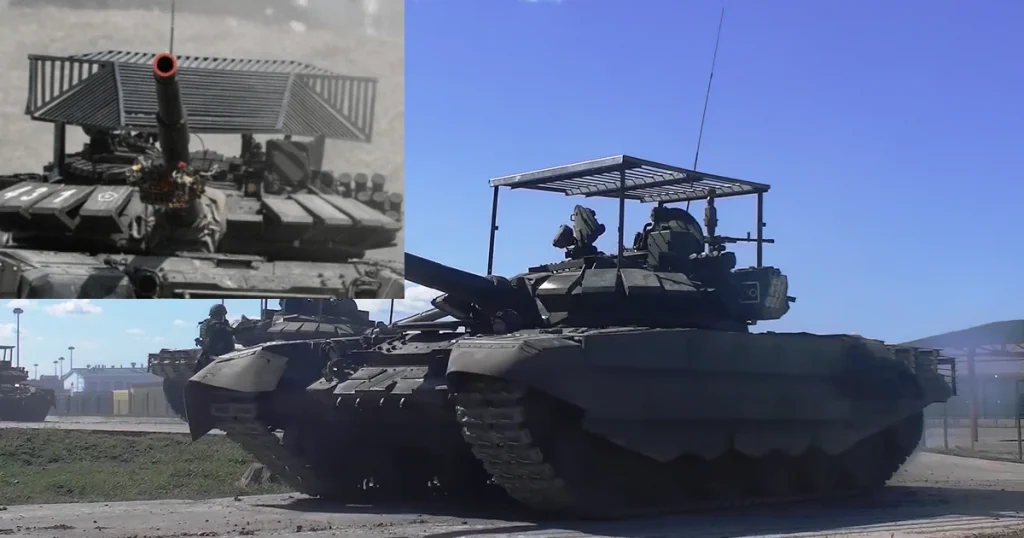On the 75th anniversary of Tankman’s Day, the Russian Ministry of Defence wrote, on its website, that the Russian Forces would receive more than 240 of the latest tanks in 2021.
“This year, the military units of the ground forces are receiving more than 240 modern and modernized tanks: T-72B3M, T-80BVM and T-90M Proryv,” the Defense Ministry said on Sunday, September 12.
On Saturday, September 11, the Ministry of Defense of the Russian Federation launched a new multimedia section, “Heroes of tank battles. To the 75th anniversary of the Tankman’s Day,” where it published archival materials about the tactics of Soviet tankers, which led to the victory of the Red Army in the Battle of Kursk. The ‘Tankman’s Day’ was established 75 years ago by the Decree of the Presidium of the Supreme Soviet of the USSR of July 1, 1946, in honour of the merits of armoured and mechanized troops in the victory over the Nazi invaders during the Great Patriotic War.
Main strike force
The message also emphasized that tank formations are still the main striking force of the Russian armed forces, and therefore the units regularly receive modern models of armoured vehicles.
The battle tanks would keep their status of a major striking force of the land troops if there is no nuclear war, said Mikhail Osyko, a member of the board of Russia’s Military-Industrial Commission, to TASS, in the run-up to the Army-2021 international military-technical forum this year.
“We all hope that a nuclear war will never break out. We believe in this. I think that in these conditions tanks will continue to be a major striking force of the land troops,” the defence official said.
Tanks are a formidable combat unit, and the land troops’ striking force cannot be imagined without them today, Osyko had stressed.
“Perhaps, there will be no longer massive tank battles similar to the Prokhorovka engagement during the (1941-1945) Great Patriotic War (of the Soviet Union against Nazi Germany),” he added.
The Battle of Prokhorovka was the largest tank engagement between the Soviet forces and Nazi troops. It took place near the village of Prokhorovka on July 12, 1943, between the Soviet and German troops that involved up to 1,200 tanks and self-propelled guns from both sides. In this Battle, the Soviet forces routed the German’s most potent strike force, and the enemy’s primary forces switched to the defensive.
Russian T-72B3M tanks are reinforced with Javelin anti-tank missile protection
During the recent battalion and tactical exercises held in the Southern Military District at five combined-arms training grounds, Russian T-72B3M tanks were seen with a new anti-accumulative screen, which should protect the upper hemisphere of the tank. Tanks of the 2016 T-72B3M model are an upgraded version of the Russian T – 72B3 tank; the model was reinforced with additional protection.

This screen is called an anti cumulative screen. The Javelin anti-tank missile, which Ukraine deploys, uses a cumulative projectile to burn a hole in the armour before exploding the munitions.
In May 2018, the United States of America confirmed the delivery of American Javelin anti-tank missile systems to Ukraine. In December 2019, the Ministry of defence of Ukraine signed a contract with the United States to supply the second batch of anti-tank missile systems.
